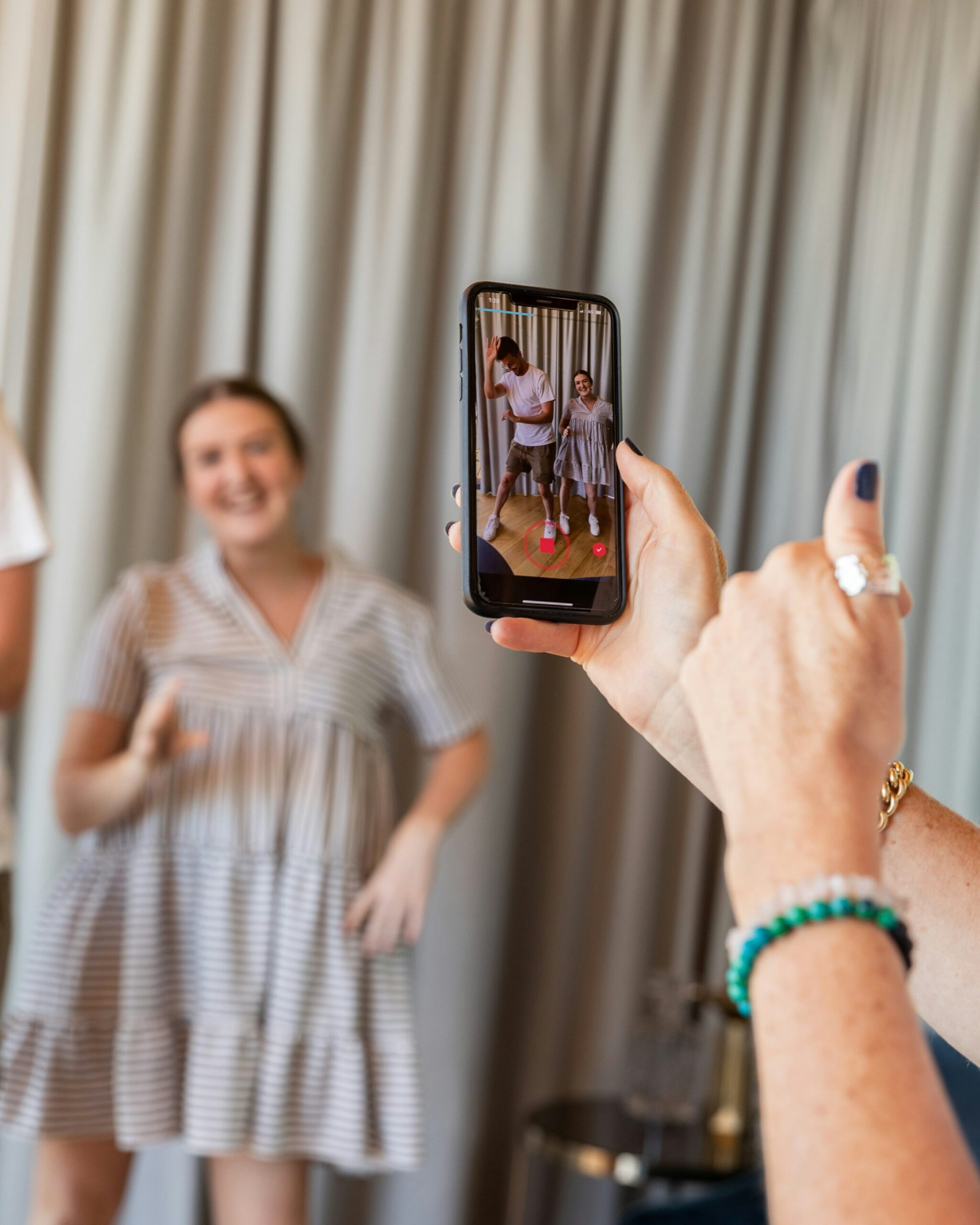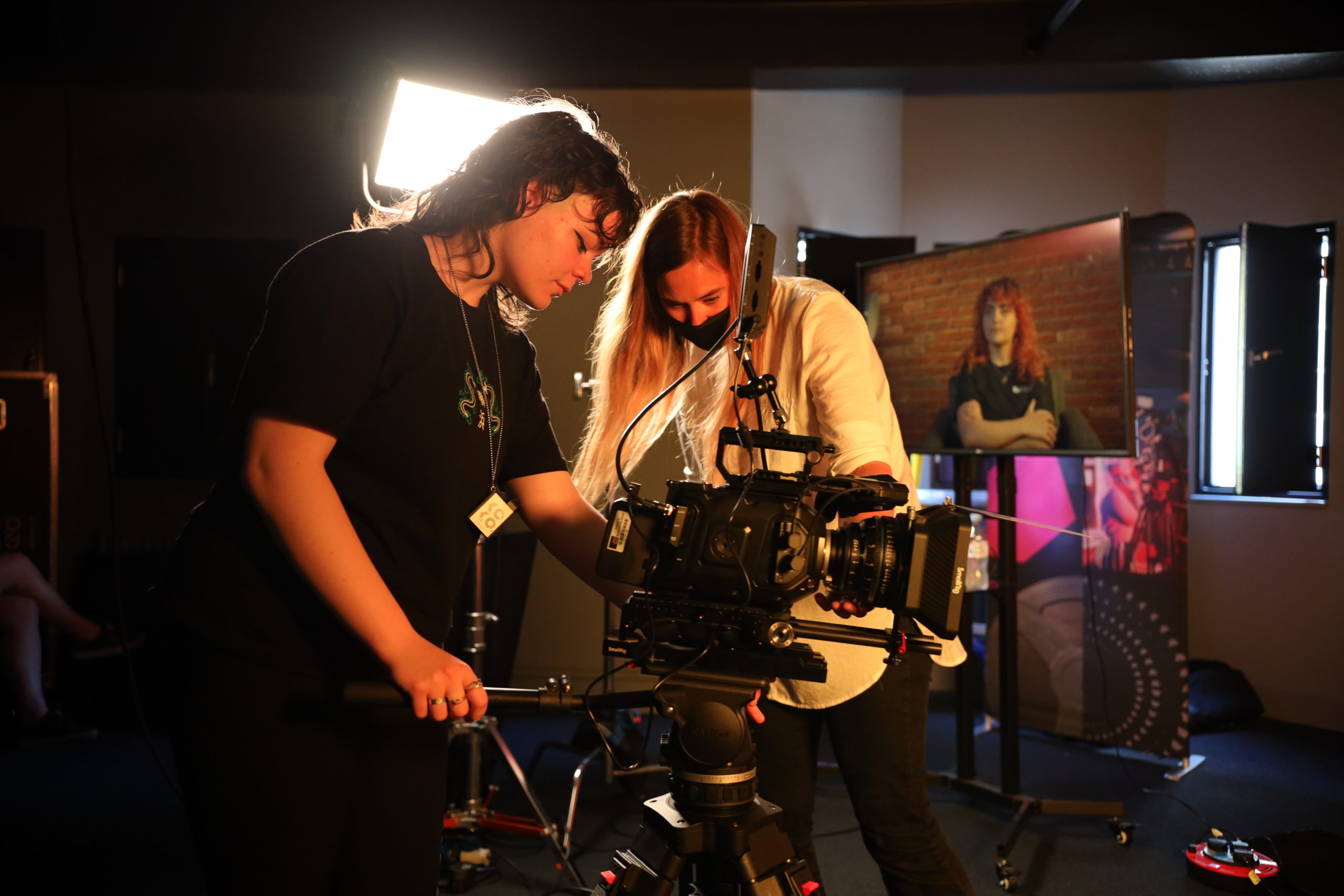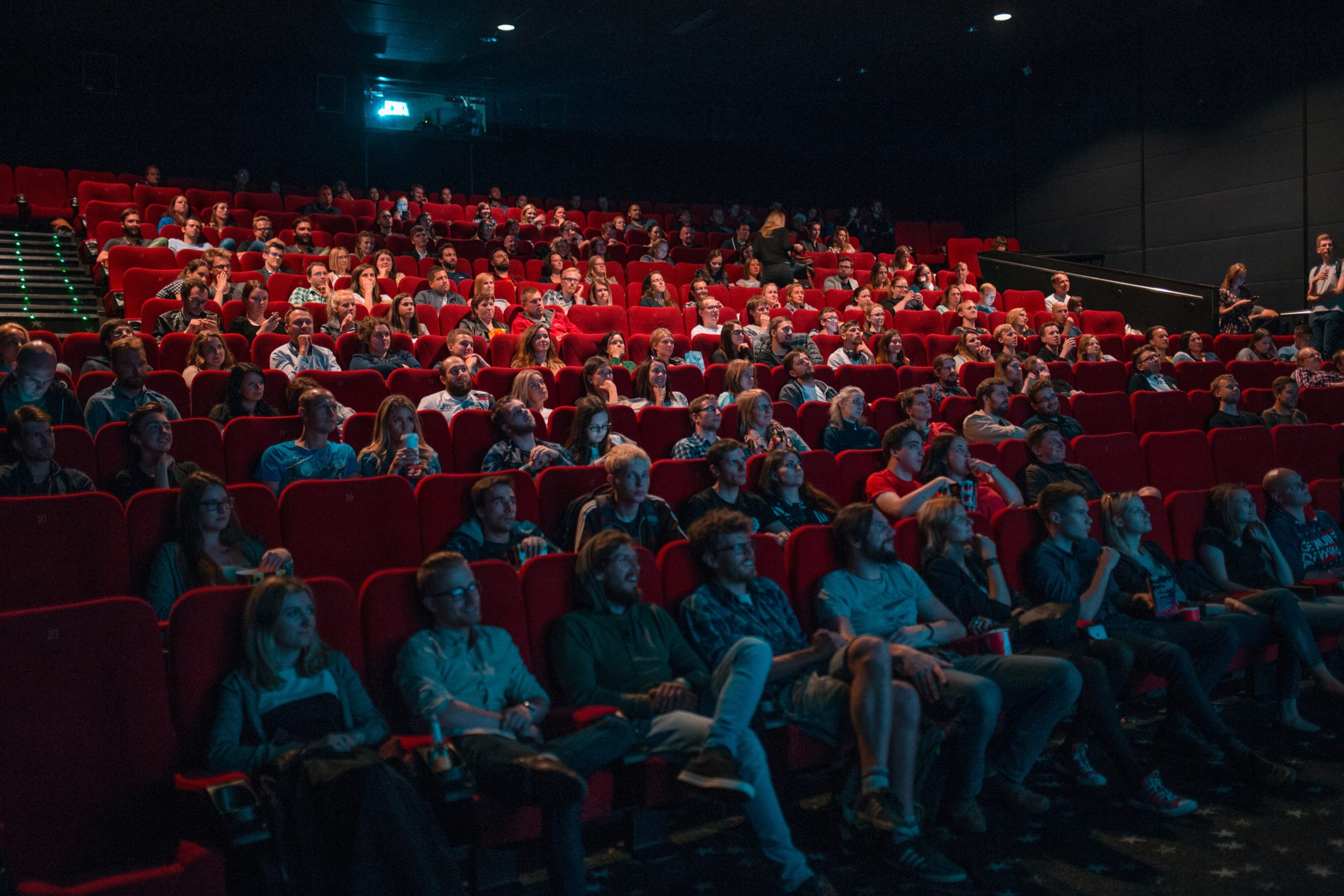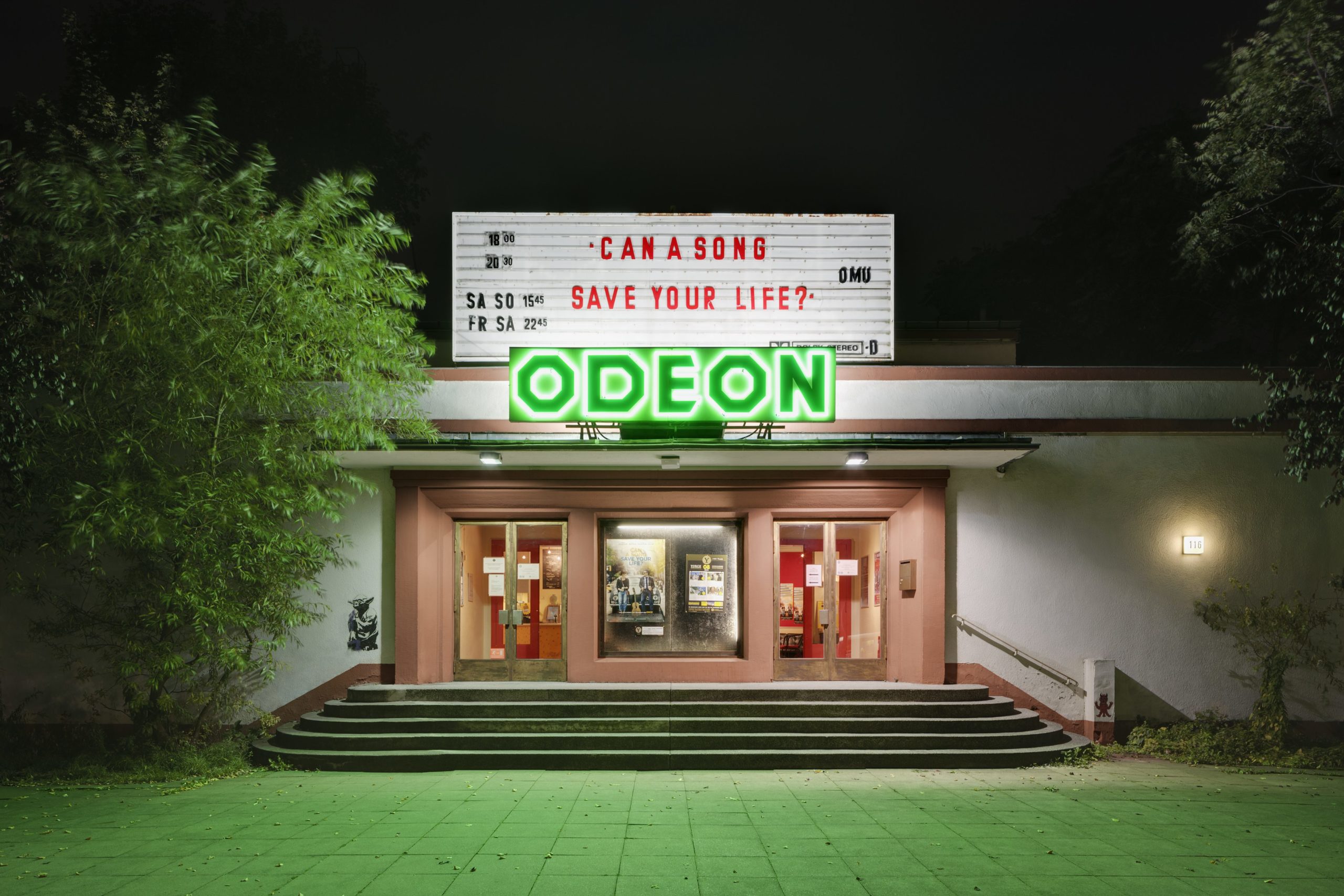If we think of a film, we usually think of something that is in a horizontal format. However, with video dominating the social media world, there’s argument to say that the skills that filmmakers need today are slowly starting to shift.
To prepare students for this realty, filmmaking students at our campus in Berlin had the chance to delve into the world of vertical content creation with a masterclass led by content artist Chanda Gauranga.
Marie-Luise shares her insights on the topic after attending the masterclass.
Due to apps like TikTok and Instagram I was always unconsciously familiar with the form of vertical storytelling. But it wasn’t until a workshop with content artist Chanda Gauranga that I started to really think about and explore all the different aspects and opportunities that come with storytelling in vertical forms.
Horizontal vs. vertical: What’s in a format?
Horizontal formats are often focused on landscape: they give us a sense of room and space and are more distribution friendly. Through TV and cinema and other large screens, we’ve come to associate horizontal formats with quality, including strong stories and performances. The format matches the function of a more focused watching experience.
Vertical is shot in portrait format. With that it gives us a more intimate and personal feeling. It is a new media, which is more mobile friendly. When we use our phones, we instinctively use them vertically. Creating content in a format that fits the device creates an all-round better experience for the user and viewer.
Vertical videos on apps like TikTok, Snapchat and Instagram are often short, real (no pun intended) and authentic. They allow us a seamless browsing-viewing experience and give us a constant stream of new content, which we devour.
What can filmmakers learn from vertical social media videos?: Thinking inside the box
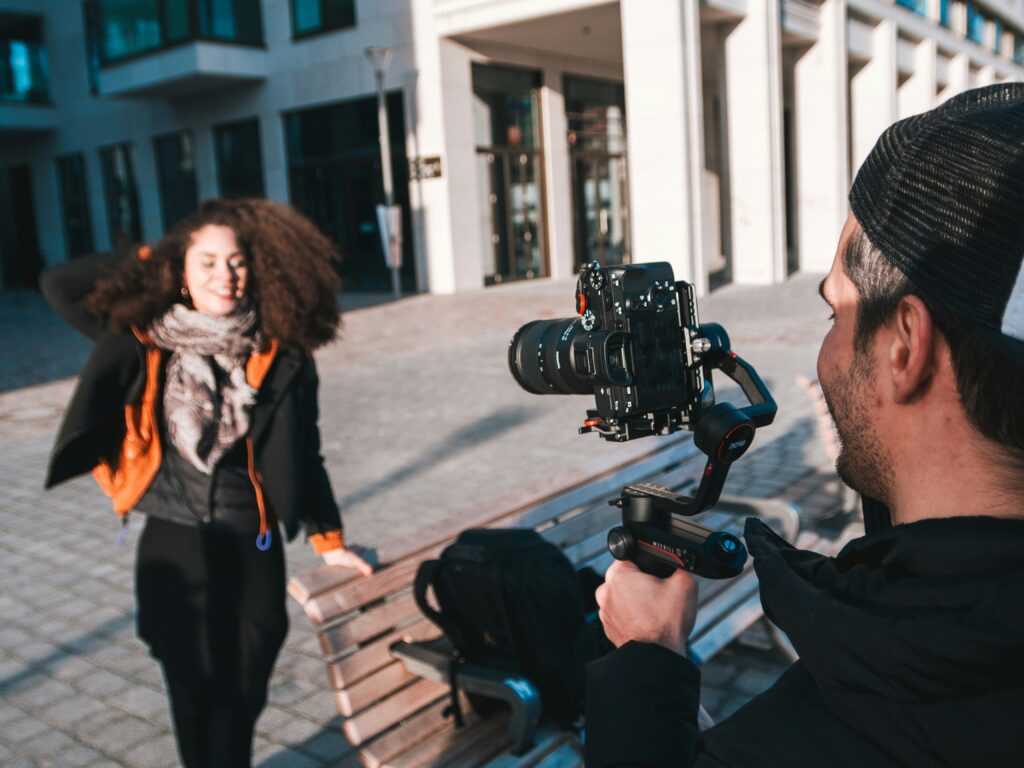
During the workshop, Chanda introduced the Indian word ‘jugaad’ defining it as a flexible approach to problem solving that uses the limited resources available in an innovative way. It can also be understood as ‘inside the box thinking’.
In a world where it is drilled into us to ‘think outside the box’(as positive as that is), it is also worth considering a different perspective. As filmmakers, we often feel like we can only achieve creative success if we have huge amounts of funding, the best equipment etc. However, if we look at creativity as being a unique take on commonly accessible elements, success could look very different.
If we started to think inside the box, we would recognise how to use the tools and techniques available to us to our advantage to express our creativity and tell our stories.
Redefining what makes a ‘good’ film
When audiences and filmmakers talk about ‘good’ films, the films mentioned are always in horizontal format. Of course, this makes sense due to horizontal being the traditional format for film.
Yet, if the true markers of good film are production quality, depth of story and performance, does format really matter?
Plus, the vertical format comes with a wealth of advantages, particularly in the realms of creative storytelling. It allows for a closer and more authentic way of telling a story. And with a device made for viewing and creating content in all our pockets, it’s also easier to reach and receive feedback from a larger audience, using the powers of social media.
Another benefit of using social platforms is that you don’t have the same pressure to create the next masterpiece. That doesn’t mean that the content there isn’t good, but that it is more about putting out content that brings joy or sparks interest. That makes it a perfect opportunity to just keep creating and putting out content as a form of constant practice and improvement.
This makes it a great tool for filmmakers and is why it is useful for filmmakers to care about and explore the creation of vertical content. I know I’ll be paying more attention to it.
Ready to kickstart your career in film and TV?
Get the industry knowledge you need at our campuses in the UK and Germany.
